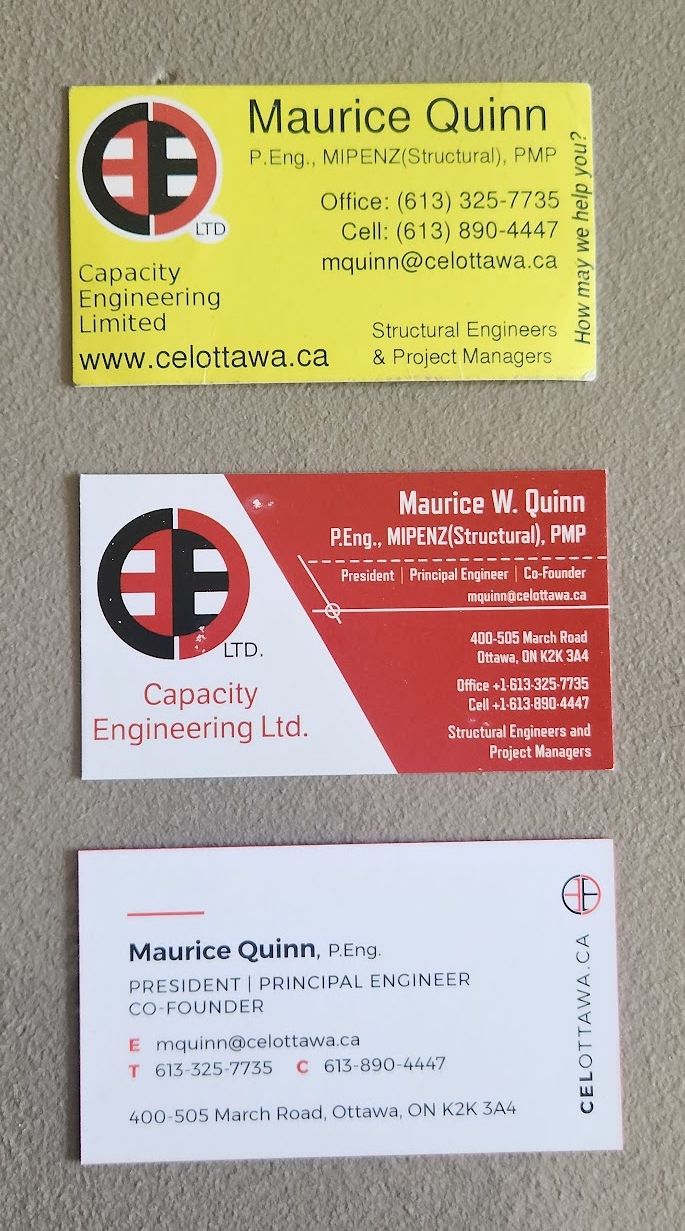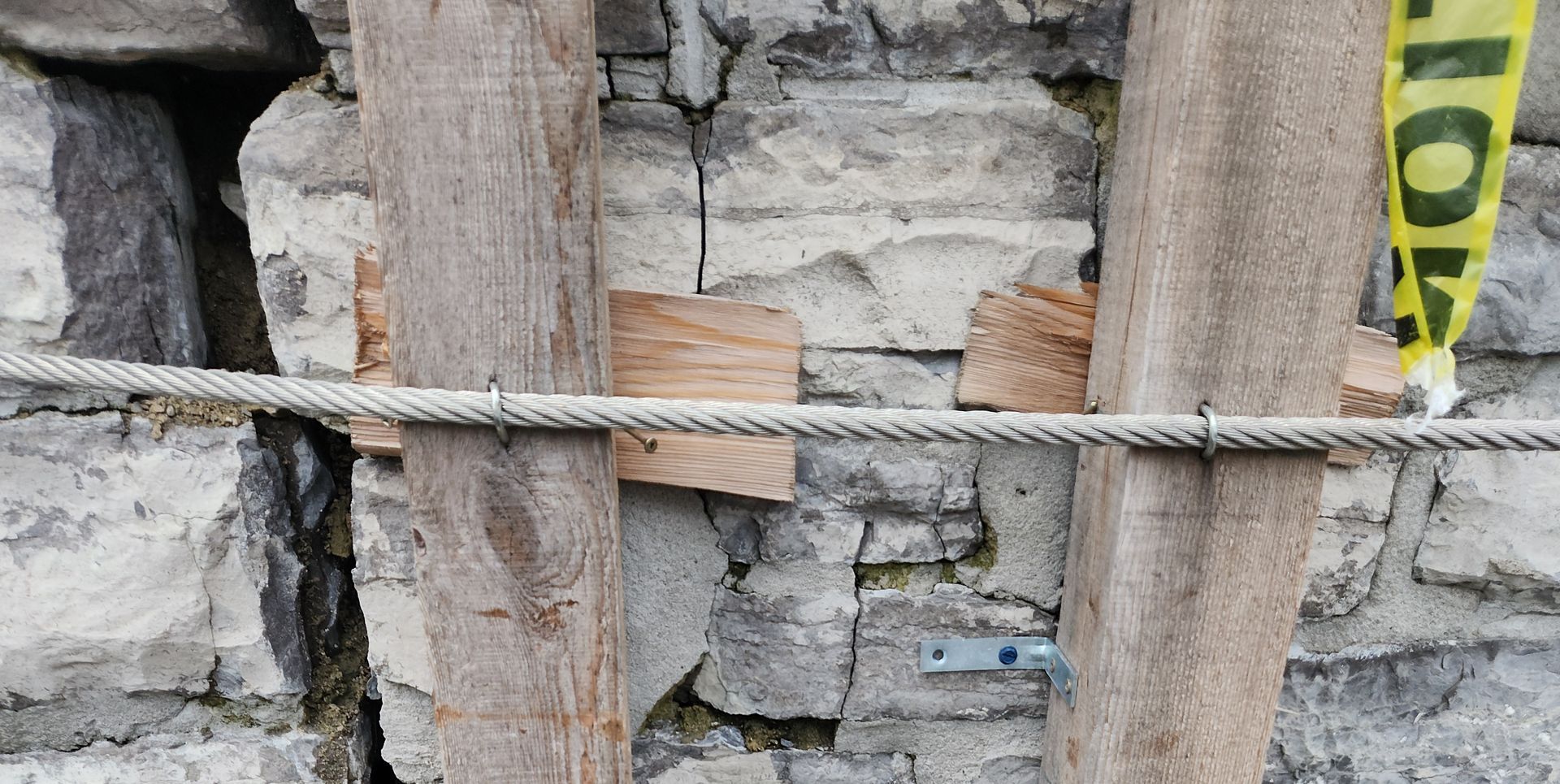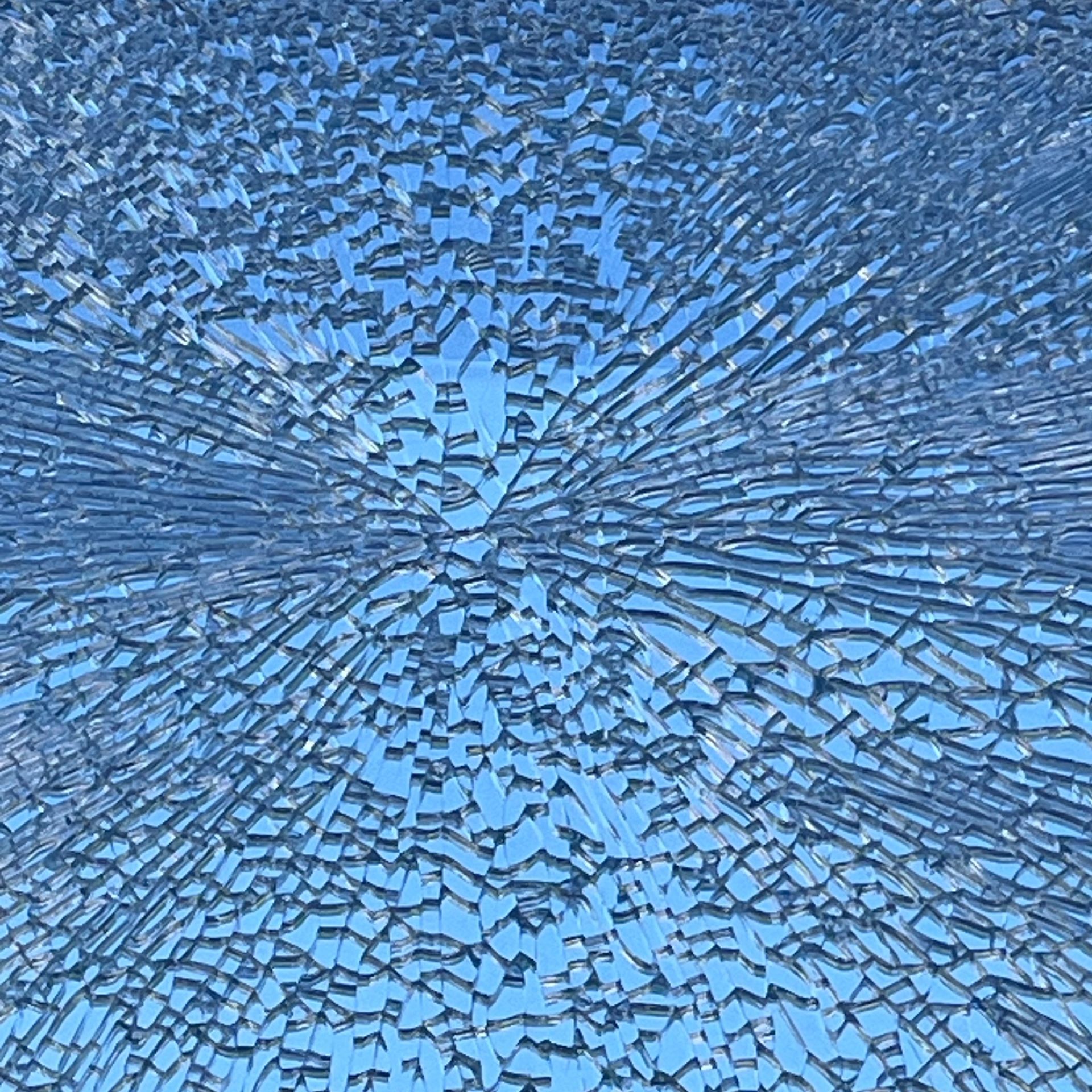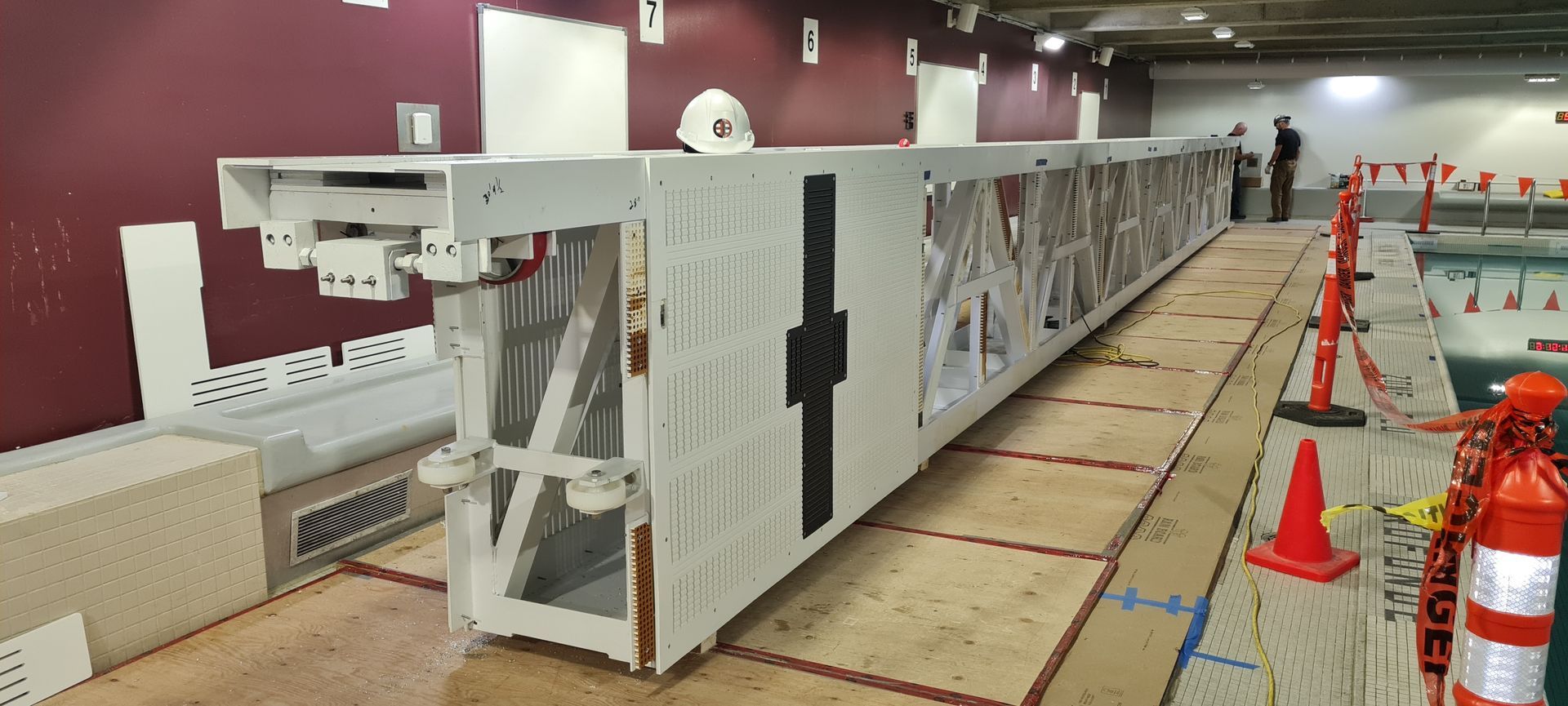Fibre Reinforcement - To Be or Not to Be; that's really not the question...
Stress, Strain, Steel, Plastic, Bondage, Finish, and Exposure

I have been getting asked about steel fibre reinforcement in residential garage slabs for over two years now. People seem to think it is a good idea. They see the lab test and hear about how great the product is, and other engineers are even specifying steel fibres for lots and lots of situations. Including residential garage slabs, porches, and walkways. The question keeps coming up, and my explanations seem to be getting us nowhere. I thought I'd try here, in writing, in particular so that I can just send people a link to read and finally get to shut up about it; trust me, if you've met me, you'll know that getting me to the point that I want to stop talking is nigh on miraculous. Congratulations people, you've done it. Now, if you want to know about fibre reinforcement, let me start with a story...
A funny thing happens after enough years working as an engineer.... You just start to notice more. And far less. I truly feel there is good reason for the classic image of an engineer as socially inept and a touch, well, odd.
Ever notice that when you learn about something for the first time, sometimes something that seems trivial or obvious, you suddenly see it everywhere? You've lived your whole life never having heard of some fact, item, animal, concept; anything really. And then? Twice a day or week for months. Well, it is a simple fact of humanity that our world view is filtered by our brains and wrapped into a nice little package for our mental consumption.
Now here's where I ask you non-engineers for your pity, and understanding. Imagine being trained in *things*. All the materials and shapes, forms and finishes. How to create them, maintain them, replace them, evaluate them, and form them into the world that surrounds us all every day. How much of the world around you is composed of
things? Right: most of it. That's all the stuff that forms the "well I never..." in our lives. Every day. All day. Forever.
It isn't that bad really, just a touch, well, odd. We become distracted easily because we noticed a different finish, or a bit of deterioration. If you ever wanted a cat, but are allergic, maybe give an engineer a try. I promise we are equally fascinated by the shiny, and likely in the same approximate range of conversational. If you're lucky. I rather talk more than most, but let's not digress...
Here's today's true content: Concrete is very strong in compression, but needs help in bending or tension. That often means reinforcement in one form or another, often steel. You can use large, localized, bars (long standing and well known tech), or now we can elect to inject/mix in a significant dose of fibre reinforcement. Essentially we take the large bars (10M, 15M, etc.) and take all that steel and scale it right down to little tiny thick hairpin like microbars and spread them all through the concrete. I don't want to go getting all too technical, but suffice it to say that research and practical experience has shown that this innovation is a real winner. In some cases you can use significantly less steel and handle the same stress and strain as with the full size bars. Rarely do we specify fibre only for beam and major elements, but oh then we have
slabs. Everyone loves to eliminate main bars from slabs, and doesn't fibre just look like a dandy solution!
Well, yes. And go ahead; the products are truly fantastic. But don't put steel fibre into concretes that are going to be exposed to the elements or, in particular, salts. Just don't. Concrete is weak in tension, and fibres really help. But doping concrete with fibres means they will be everywhere. No clear cover for lots of those fibres. And they will rust. Without clear cover, you're in trouble. Use the plastics for medical areas (ie: in case of MRI, etc.), for exterior applications, for all corrossive environments. I don't care how much you really want steel, and the other engineer said you could, and hey the promised it would be fine, and the manufacturer's sales rep promises too.... No. No steel without clear cover; fibres in mixes can have no clear cover without a separate topping pour (and really, why? Why not just use the plastic fibres).
Remember the part about engineers noticing details and all the things and stuff and shinies? Well, there are a good number of commercial floors (as well as some residential!) where some damned fool thought steel fibres were a good idea and put them into an exposed mix. Hell, in some cases, they put them into interior floor mixes that should be perfectly fine too (no exposure, no salts, etc.). Interior locations. Walmart, Costco, etc. Picture the big box store with polished concrete floors. And then you notice quickly that there is often rust staining. Weird little linear indents where fibres which finished (pun intended, you're welcome) flat and at the surface popped out. Every once in a while, you see one sticking up out of the concrete (nice trick, that; if you get a little curve going in the plastic concrete, and it happens to have been near the top, you can get a little spring that "jumps" up into the air over years. Often with one end still firmly embedded into concrete. Congratulations! A minuature defensive steel trap of your very own. A trip hazard, a stab hazard, your own little torture device just waiting to be rammed up into a shoe or foot.
I know you like the fibres. I like the fibres. The concrete is great, very strong, and nicely durable. The mixes may be a touch hard to place, but whatever, that's the contractor's problem, right? This product is what I want and I want it now! Well, congrats. You pay for any difficulty the contractor faces. You pay for the increased maintenance and any effort required to remove fibres that stick out. I love them too, and specify them, and they have their place. But for the love of all that is holy, PLEASE just accept that the polypropylene fibres are also very good, have far fewer drawbacks, and can save everyone a lot of blood, sweat, and rusted tears (verb).
Now let's touch base again on those details about
things. See that nice photo above, showing you both the steel fibre and the polypropylene fibres? What was the first thing you noticed? The two fibres? The shape of the steel fibres? Well, if you're an engineer like me, I'm betting it was the couple of poly fibres laying in the steel side. They stood out instantly for me, and I could barely see anything else. That little end of a steel fibre laying over the polypropylene fibres in the bottom right hand corner of the shot? Yeah, that one too.... I almost didn't use the shot. I was going to go take another. Then I remembered that I had better things to do, a family to spend time with rather than just feed, and I posted the photo anyways. See? We have our strengths too. Strength of character and will. The ability to ignore the imperfect, if only for a moment. I mean, it isn't like that fibre was going into a concrete mix right now.... Because then we'd have to make certain, REALLY certain, that those two fibres were perfectly and completely separated. Because it matters. I swear.
Don't. Just don't ask me about fibre reinforcement in residential slabs. Just read this, and then we will both say you asked. You're welcome.










